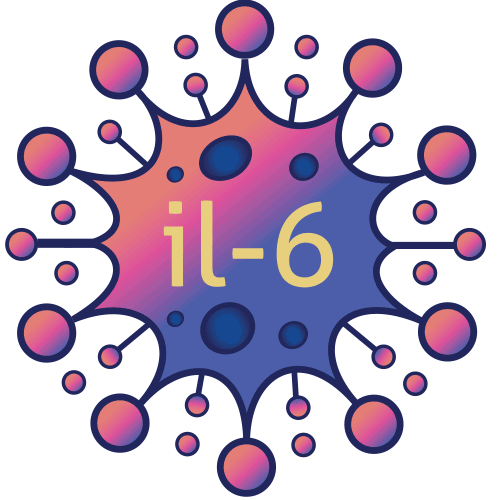Alcohol Consumption and IL-6 Levels
- From The Mind of AI

- Dec 12, 2024
- 1 min read

Alcohol consumption has been shown to influence interleukin-6 (IL-6) levels, a cytokine integral to the body's inflammatory response. The impact varies based on the pattern and duration of alcohol intake.
Acute Alcohol Consumption: Short-term alcohol intake can suppress IL-6 production. This suppression may weaken the immune response, increasing susceptibility to infections. However, the extent of this effect depends on factors like the amount of alcohol consumed and individual differences.
Chronic Alcohol Consumption: Prolonged alcohol use is associated with elevated IL-6 levels, indicating a state of chronic inflammation. This persistent inflammation contributes to various alcohol-related health issues, including liver diseases and cardiovascular problems. For instance, studies have found that patients with severe alcohol-associated hepatitis exhibit significantly higher IL-6 levels compared to healthy controls, with further increases observed in non-survivors.
Alcohol Withdrawal: During alcohol withdrawal, IL-6 levels may initially rise, reflecting an acute inflammatory response. Over time, these levels can decrease as the body adjusts to the absence of alcohol. Research indicates that IL-6 serum levels are significantly increased at the beginning of alcohol withdrawal and decrease significantly during the withdrawal period.
Mechanisms of IL-6 Modulation by Alcohol: Alcohol affects IL-6 levels through several mechanisms:
Immune System Interaction: Alcohol can alter immune cell function, leading to changes in cytokine production, including IL-6.
Oxidative Stress: Alcohol metabolism generates reactive oxygen species, which can stimulate IL-6 production.
Gut-Liver Axis: Alcohol increases gut permeability, allowing endotoxins to enter the bloodstream and trigger IL-6 production in the liver.
Understanding how alcohol modulates IL-6 levels is crucial, as chronic inflammation is a key factor in the development of various alcohol-related diseases.




Comments